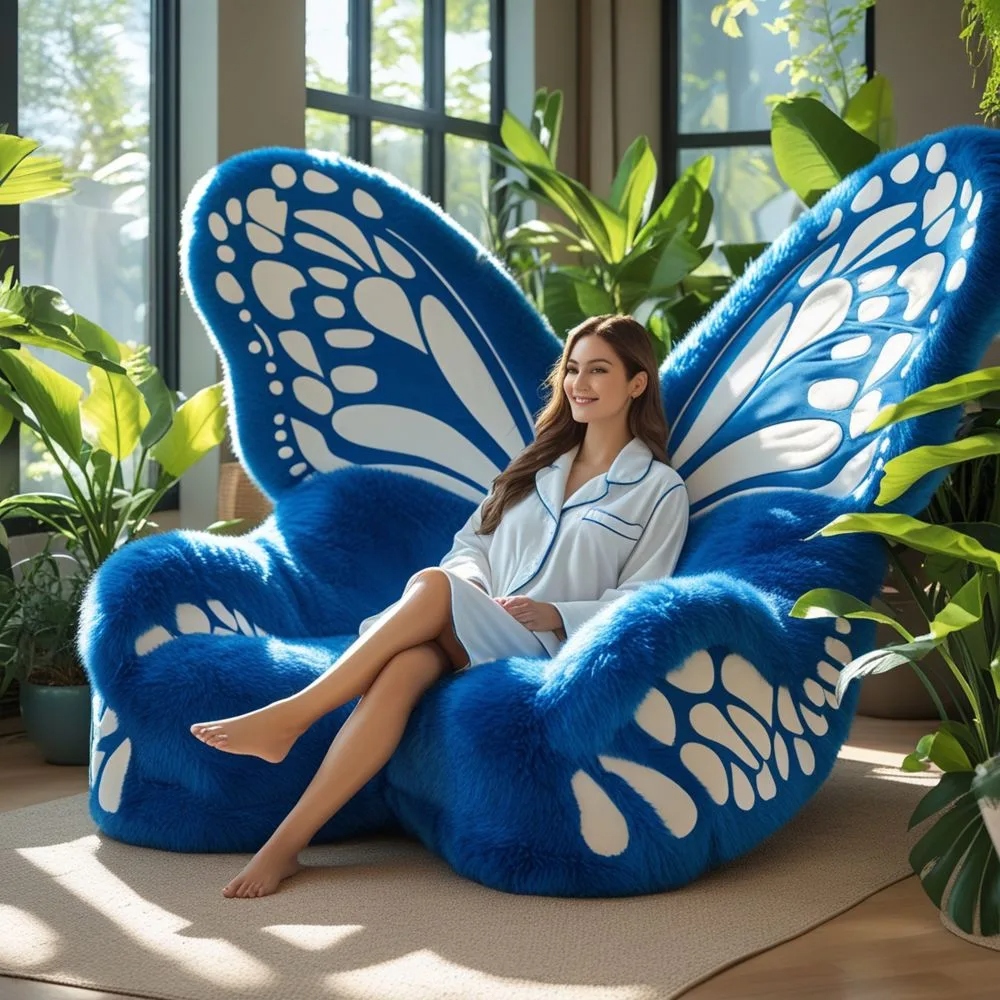Turtle-shaped homes are a fascinating blend of nature-inspired aesthetics and modern architectural innovation. These unique dwellings not only stand out due to their distinctive shape but also offer numerous benefits in terms of sustainability, efficiency, and harmony with the environment. This article explores the intricacies of turtle-shaped homes, from their design and construction to the lifestyle advantages they offer.
Inspiration from Nature: Building a Turtle Shaped Home
Nature has always been a source of inspiration for architects and designers. The concept of turtle-shaped homes draws from the organic form of turtles, which are symbols of endurance, protection, and harmony with the environment. The dome-like structure of a turtle’s shell provides a natural model for creating strong, resilient, and efficient living spaces.
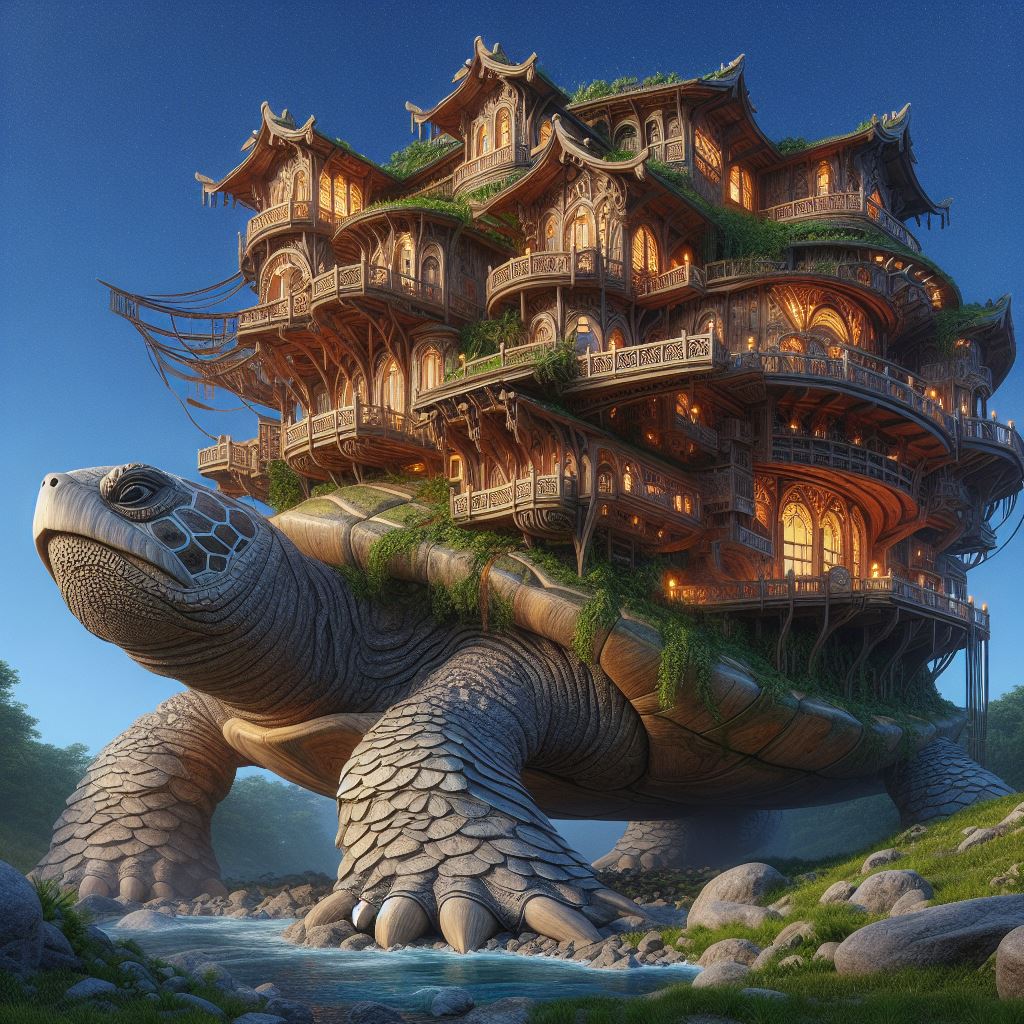
1. Biomimicry in Architecture
Biomimicry involves emulating nature’s time-tested patterns and strategies to solve human problems. Turtle-shaped homes use biomimicry to enhance structural integrity and energy efficiency. The curved shell design reduces wind resistance and evenly distributes structural loads, making these homes resilient to natural forces.
2. Aesthetic Appeal
The visual appeal of turtle-shaped homes is undeniable. Their organic curves and natural forms blend seamlessly with the surrounding environment, creating a sense of harmony and tranquility. This design approach not only makes the homes visually stunning but also promotes a deeper connection with nature.
Benefits of Living in a Turtle Shaped Home
Choosing to live in a turtle-shaped home comes with a host of benefits that go beyond aesthetics. These homes offer practical advantages that enhance the quality of life for their inhabitants.
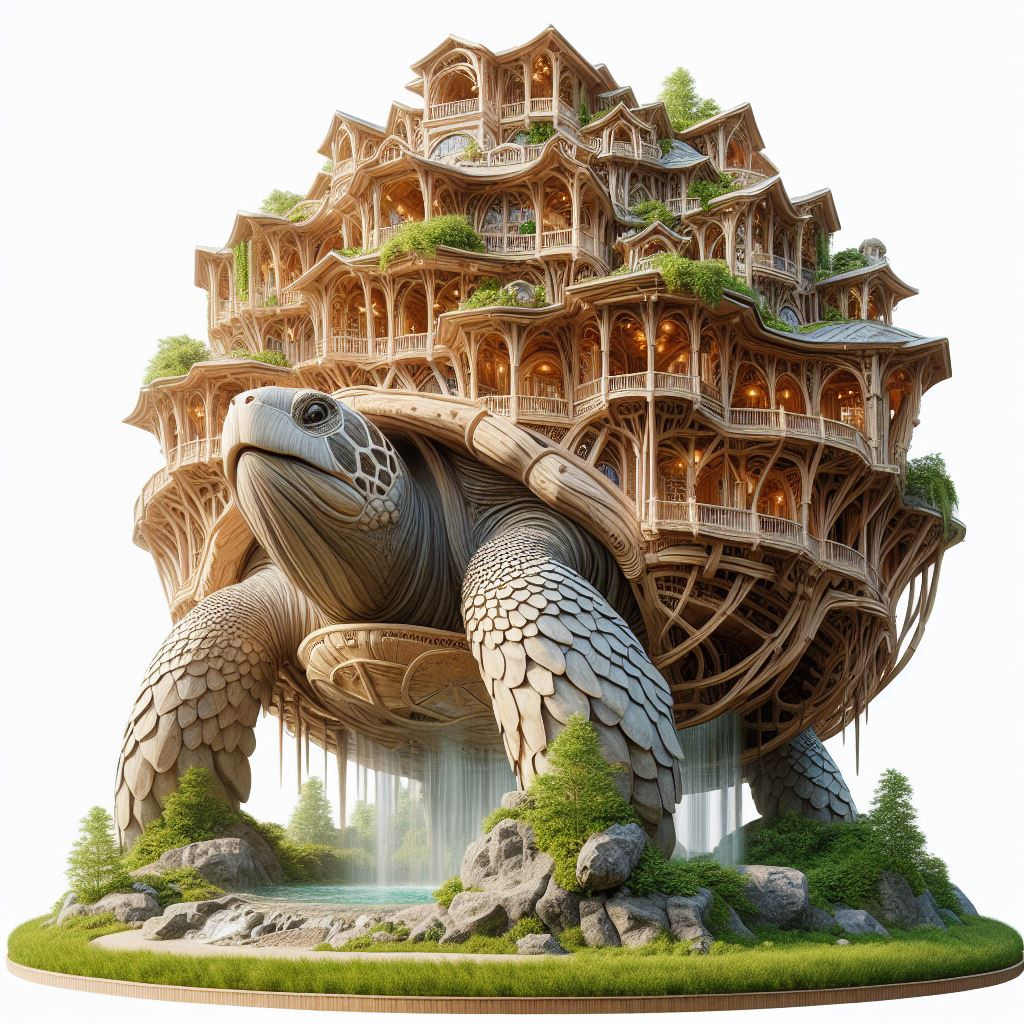
1. Energy Efficiency
The curved design of turtle-shaped homes helps in maintaining a consistent internal temperature. The structure minimizes surface area exposed to external elements, reducing heat loss in winter and heat gain in summer. This results in lower energy consumption for heating and cooling.
2. Sustainability
Turtle-shaped homes are often built using sustainable materials and construction methods. Natural insulation materials, such as straw bales or earth, are commonly used to enhance thermal performance. Additionally, the design facilitates the use of renewable energy sources, like solar panels, further reducing the carbon footprint.
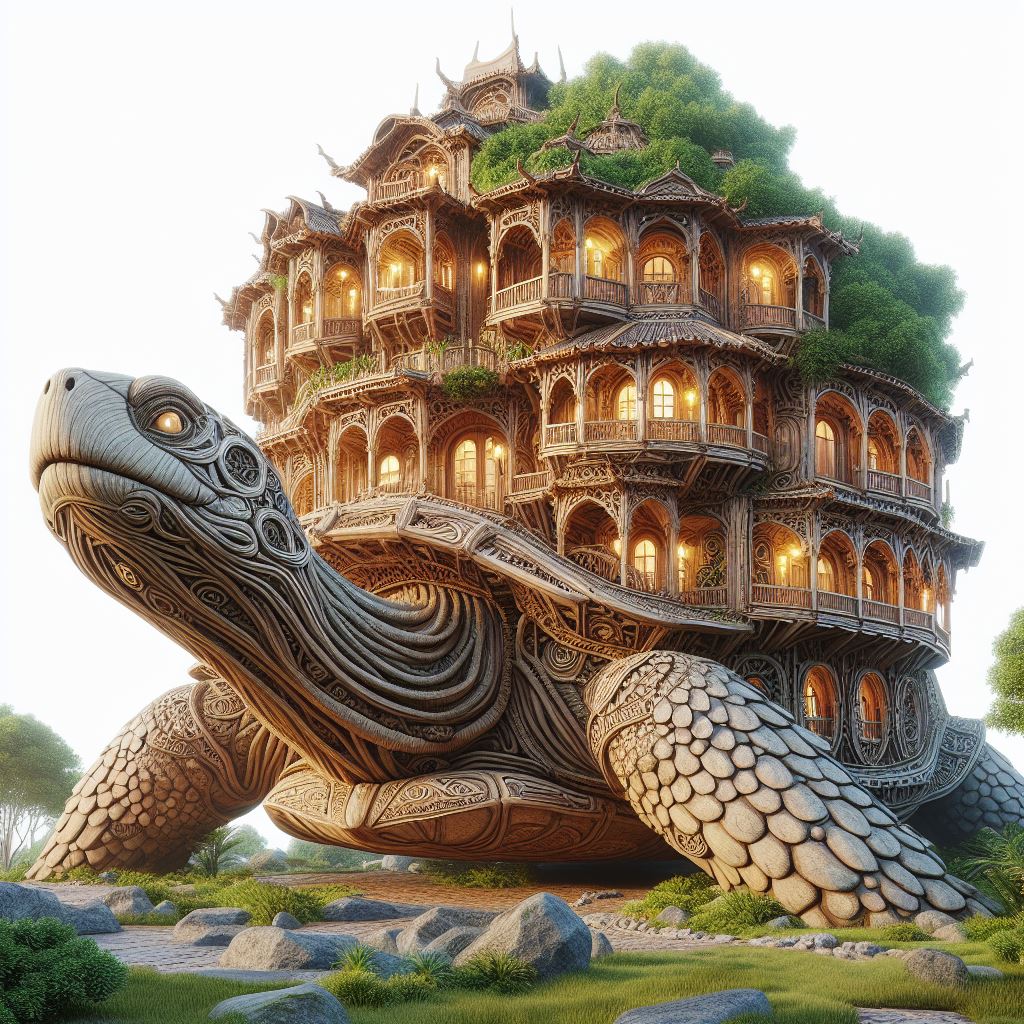
3. Resilience
The structural design of turtle-shaped homes provides exceptional resilience against natural disasters. The aerodynamic shape reduces the impact of strong winds, while the robust construction materials offer resistance against earthquakes and floods. This makes turtle-shaped homes a safe and durable option for various climates and geographical locations.
Efficiency and Sustainability in Turtle Shaped Homes
One of the key selling points of turtle-shaped homes is their efficiency and sustainability. These homes are designed to minimize environmental impact while maximizing comfort and functionality.
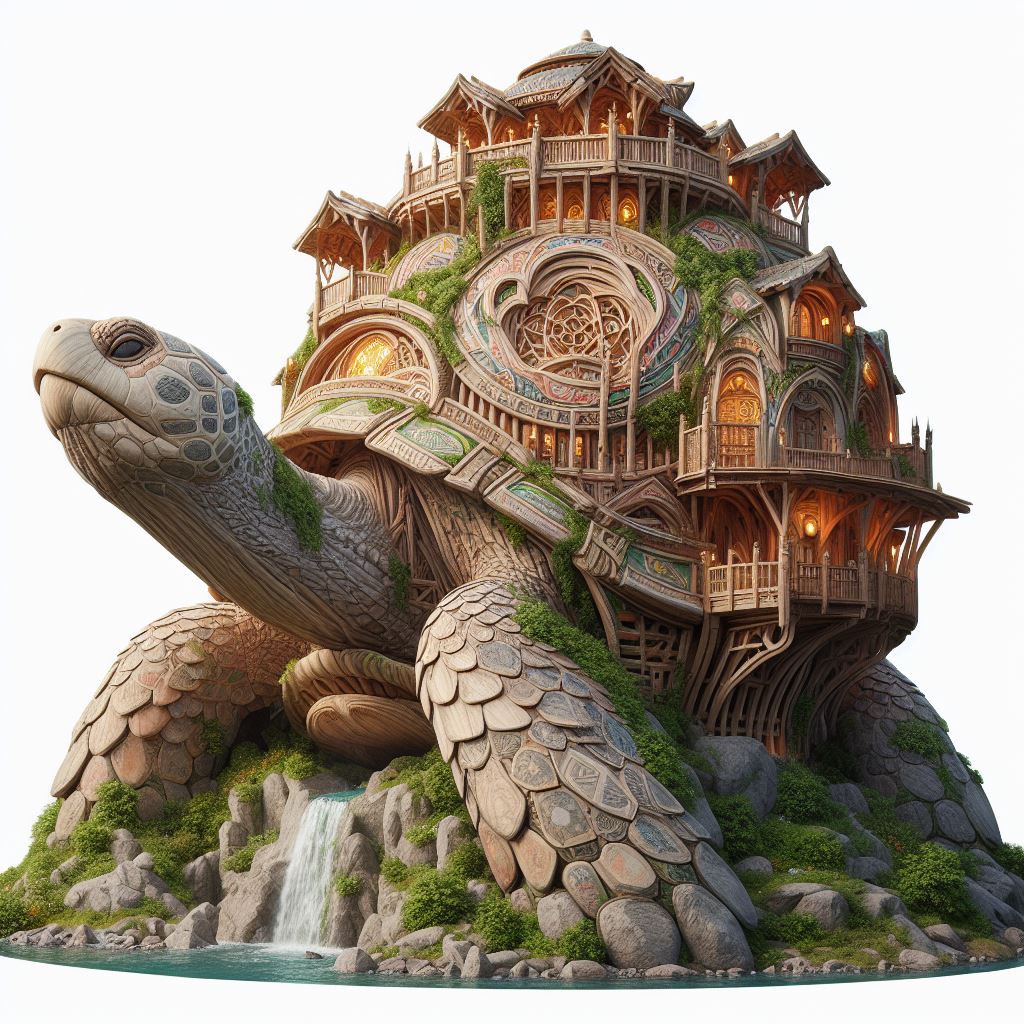
1. Passive Solar Design
Turtle-shaped homes can be oriented to take advantage of passive solar heating and cooling. Large windows positioned strategically allow natural light to enter during the winter, reducing the need for artificial heating. In the summer, overhangs and the home’s orientation can prevent excessive heat gain.
2. Natural Ventilation
The shape and layout of turtle-shaped homes promote natural ventilation, reducing the need for mechanical cooling systems. Windows and vents can be placed to facilitate cross-ventilation, ensuring a steady flow of fresh air throughout the home.
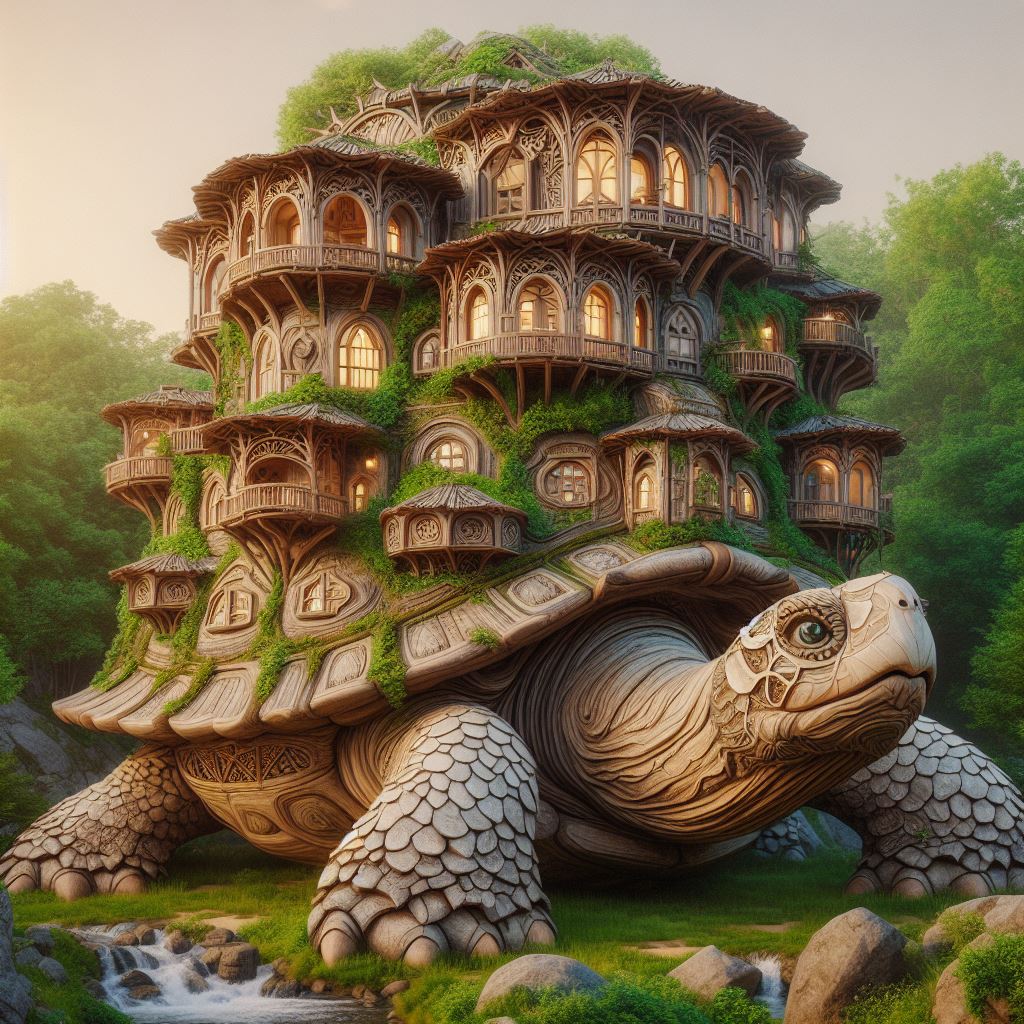
3. Water Conservation
Incorporating rainwater harvesting systems and greywater recycling can enhance the sustainability of turtle-shaped homes. These systems reduce water consumption and promote the efficient use of resources, contributing to a more eco-friendly lifestyle.
The Evolution of Architectural Innovation: Turtle Inspired Dwellings
The evolution of turtle-shaped homes is a testament to the ongoing innovation in architectural design. From ancient domes and igloos to modern eco-friendly dwellings, the concept has been refined and adapted to meet contemporary needs and preferences.
1. Historical Precedents
The idea of dome-shaped structures is not new. Indigenous cultures around the world have used similar designs for centuries, recognizing their structural benefits and energy efficiency. Turtle-shaped homes build on this legacy, incorporating modern materials and technologies.
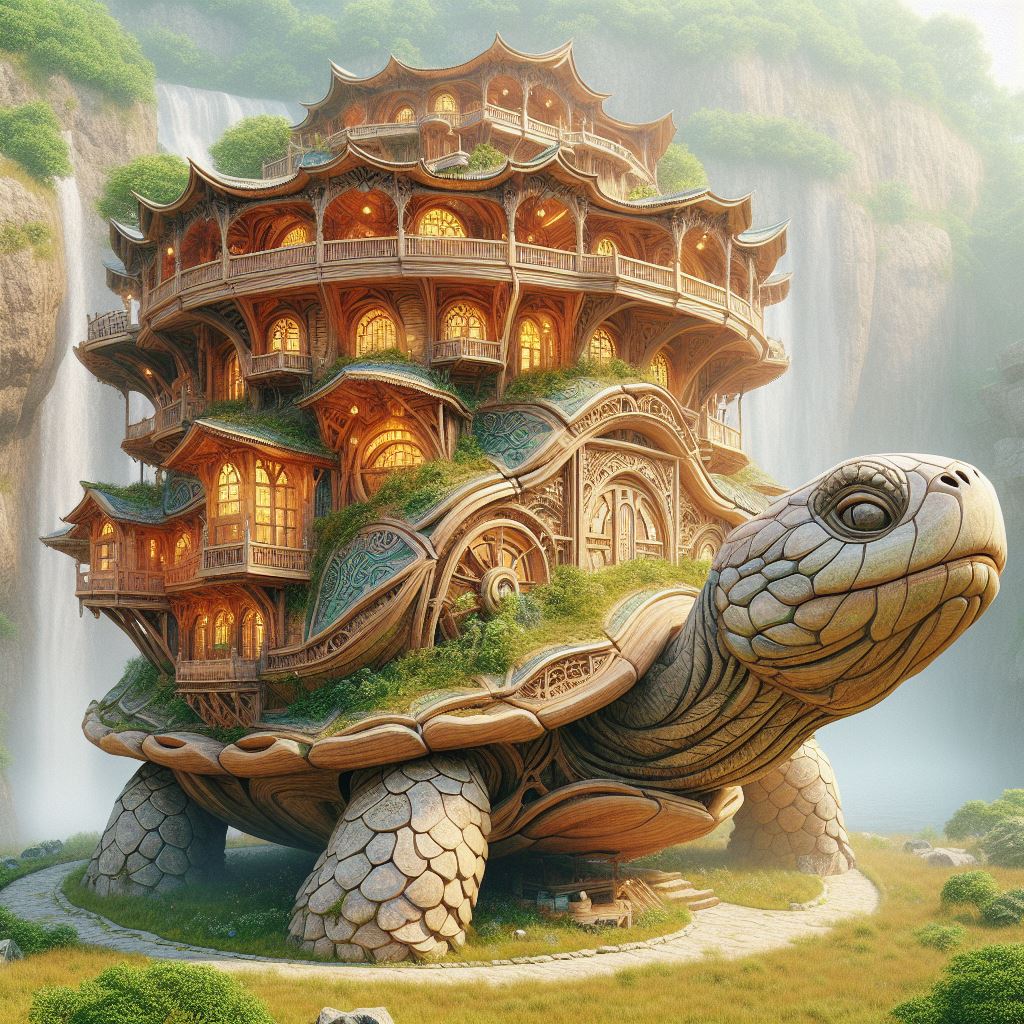
2. Modern Adaptations
Today, turtle-shaped homes are at the forefront of sustainable architecture. Advances in materials science and construction techniques have made it possible to create durable, energy-efficient homes that are also visually stunning. Innovations such as 3D printing and modular construction are further pushing the boundaries of what is possible.
Creating Harmony with Nature: The Concept of Turtle Shaped Houses
The concept of turtle-shaped houses goes beyond mere aesthetics; it embodies a philosophy of living in harmony with nature. These homes are designed to have a minimal environmental impact while providing a comfortable and healthy living environment.
1. Integration with the Landscape
Turtle-shaped homes are designed to blend seamlessly with their natural surroundings. The organic form and natural materials used in construction help these homes become part of the landscape, rather than imposing on it.
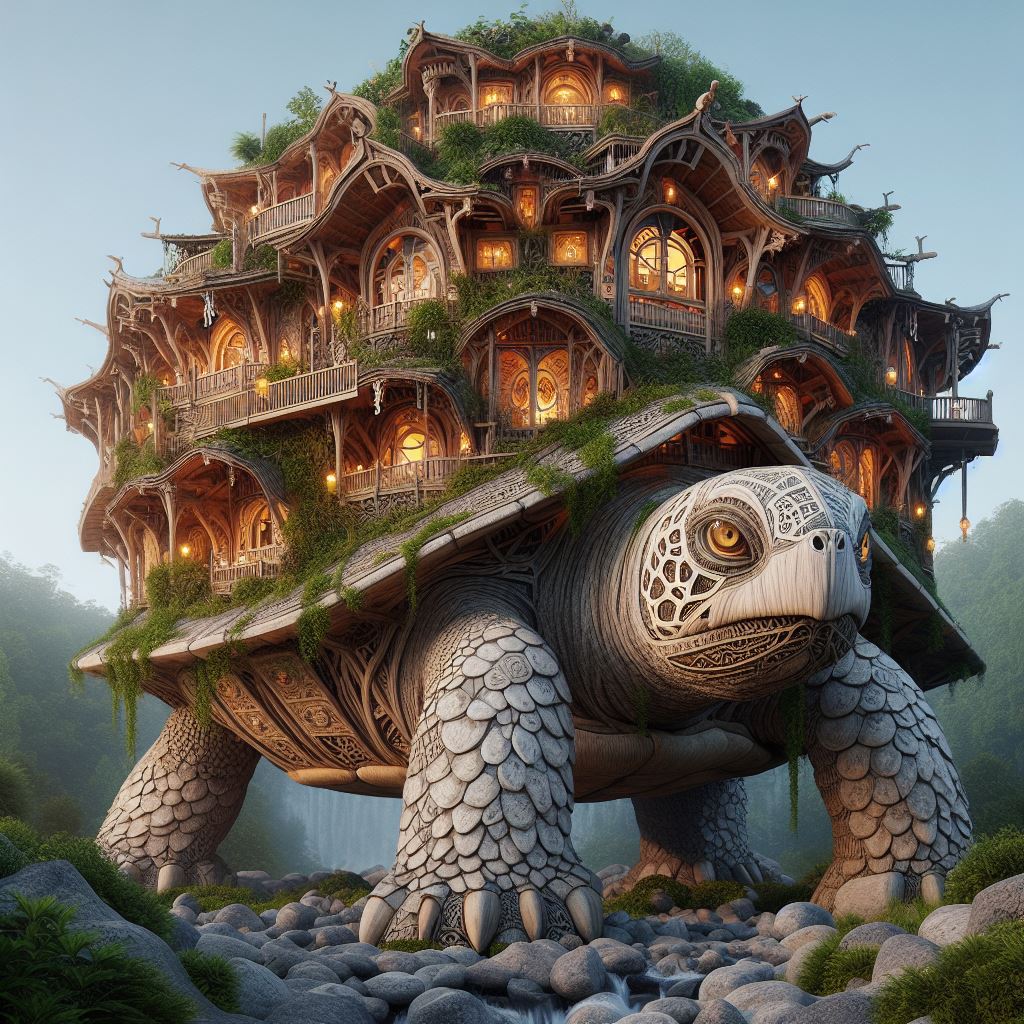
2. Promoting Biodiversity
By incorporating green roofs and walls, turtle-shaped homes can support local biodiversity. These features provide habitats for plants and animals, contributing to the health of the ecosystem.
3. Reducing Environmental Footprint
The sustainable design and construction practices used in building turtle-shaped homes help to reduce their overall environmental footprint. From energy-efficient systems to the use of recycled and renewable materials, every aspect of these homes is designed with sustainability in mind.
From Dream to Reality: Building Your Own Turtle Shaped Home
Building a turtle-shaped home is a dream for many, but it requires careful planning and execution. Here are the steps to turn that dream into reality.
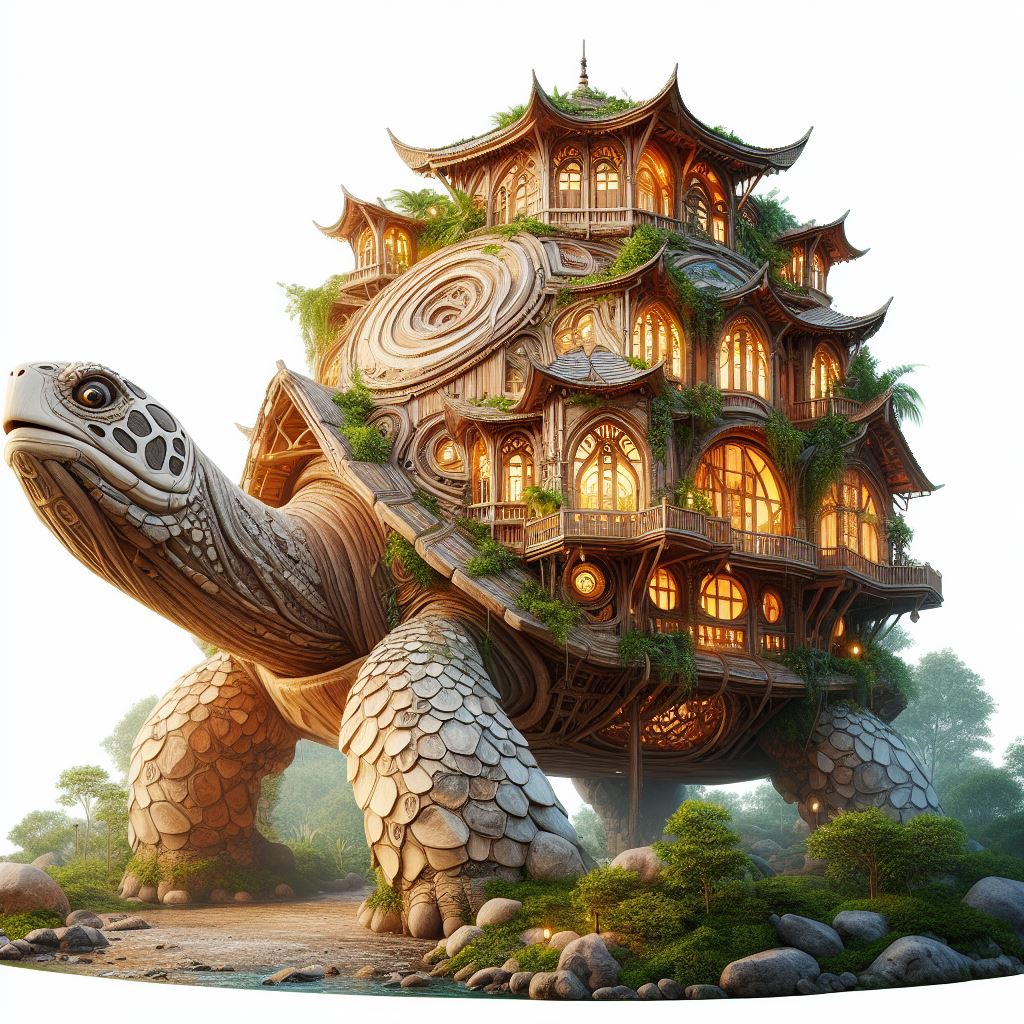
1. Conceptualization and Design
The first step is to work with an architect or designer who specializes in sustainable and biomimetic architecture. They will help you develop a design that meets your needs and takes full advantage of the benefits of a turtle-shaped home.
2. Site Selection and Preparation
Choosing the right site is crucial. The location should allow for optimal orientation and integration with the landscape. Site preparation may involve grading and preparing the foundation to support the unique structure of the home.
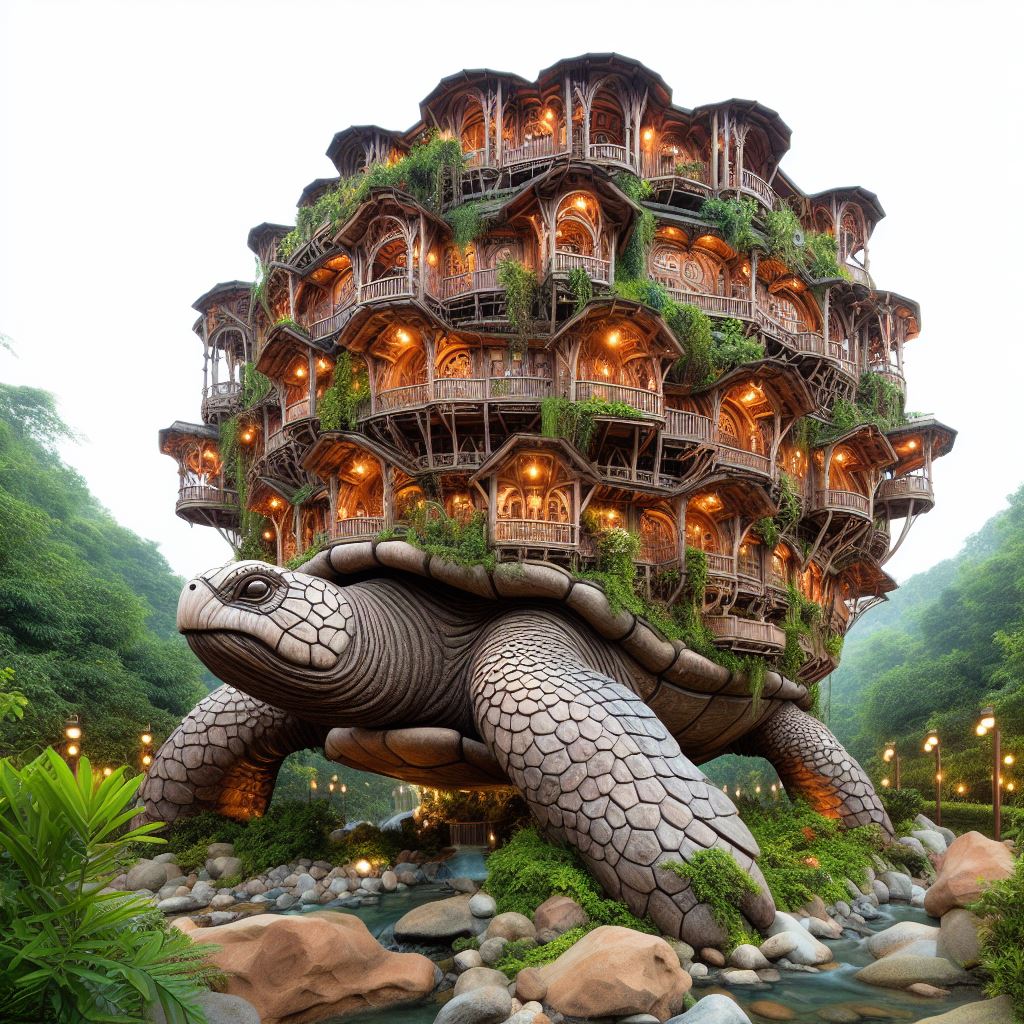
3. Material Selection
Selecting sustainable materials is a key part of the process. Consider materials that offer good thermal performance, durability, and low environmental impact. Natural materials such as wood, stone, and earth are excellent choices.
4. Construction
The construction phase involves building the foundation, erecting the structural frame, and completing the exterior and interior finishes. Working with experienced builders who understand the intricacies of turtle-shaped homes is essential for ensuring quality and durability.
5. Finishing Touches
The final touches include installing energy-efficient systems, such as solar panels and rainwater harvesting systems, as well as landscaping to enhance the integration with the natural environment.

Innovative Features of Turtle Shaped Homes
Turtle-shaped homes come with a variety of innovative features that enhance their functionality and sustainability.
1. Green Roofs
Green roofs provide insulation, reduce stormwater runoff, and create habitats for wildlife. They also contribute to the aesthetic appeal of the home.
2. Solar Panels
Integrating solar panels into the design can provide a significant portion of the home’s energy needs. The curved surface of a turtle-shaped home is ideal for capturing sunlight from multiple angles.
3. Natural Insulation
Using natural insulation materials, such as straw bales or hempcrete, improves thermal performance and reduces the environmental impact of the home.
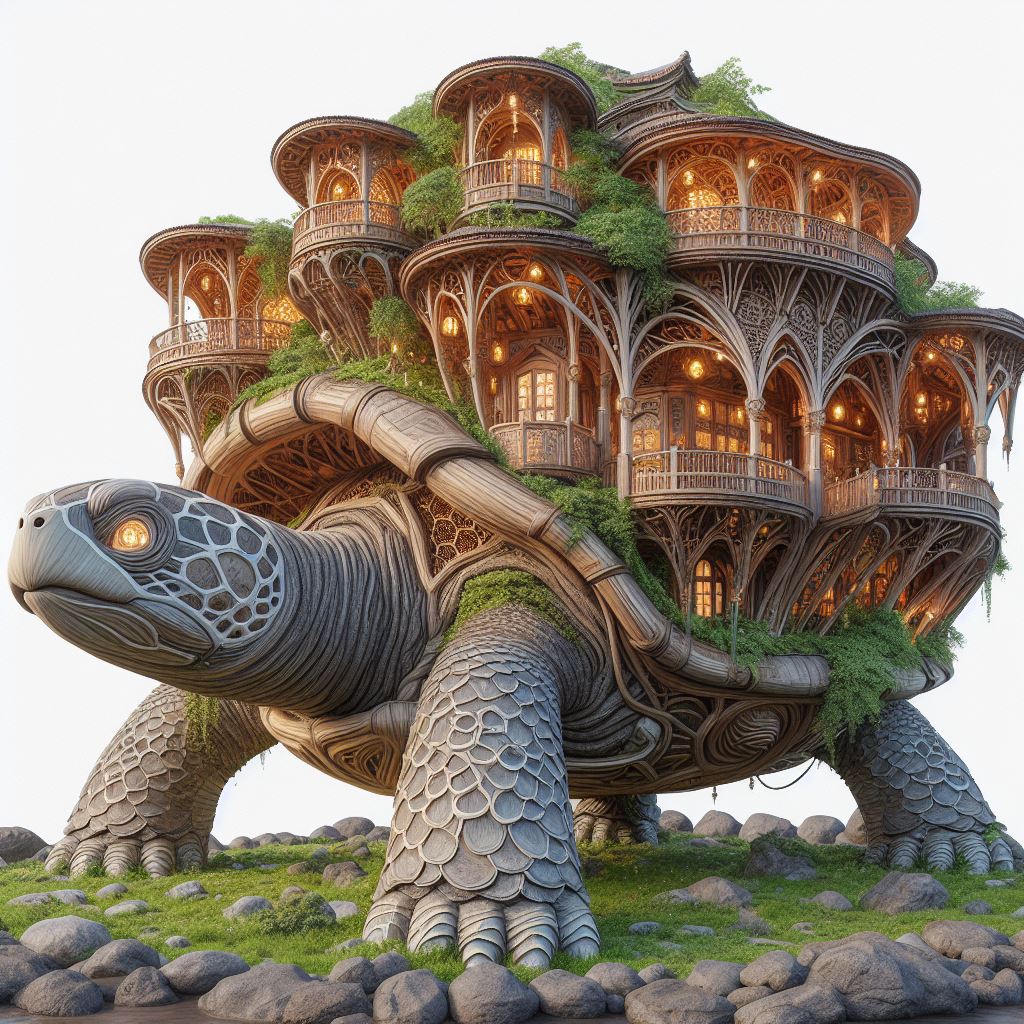
4. Rainwater Harvesting
Rainwater harvesting systems collect and store rainwater for use in irrigation, flushing toilets, and other non-potable applications. This reduces reliance on municipal water supplies and promotes water conservation.
The Future of Housing: Turtle Shaped Homes on the Rise
As awareness of sustainability and environmental responsibility grows, turtle-shaped homes are likely to become more popular. These homes represent a forward-thinking approach to living that prioritizes harmony with nature and resource efficiency.
1. Increasing Demand for Sustainable Living
The demand for sustainable living solutions is increasing as people become more aware of the environmental impact of their lifestyles. Turtle-shaped homes offer a practical and aesthetically pleasing way to live sustainably.
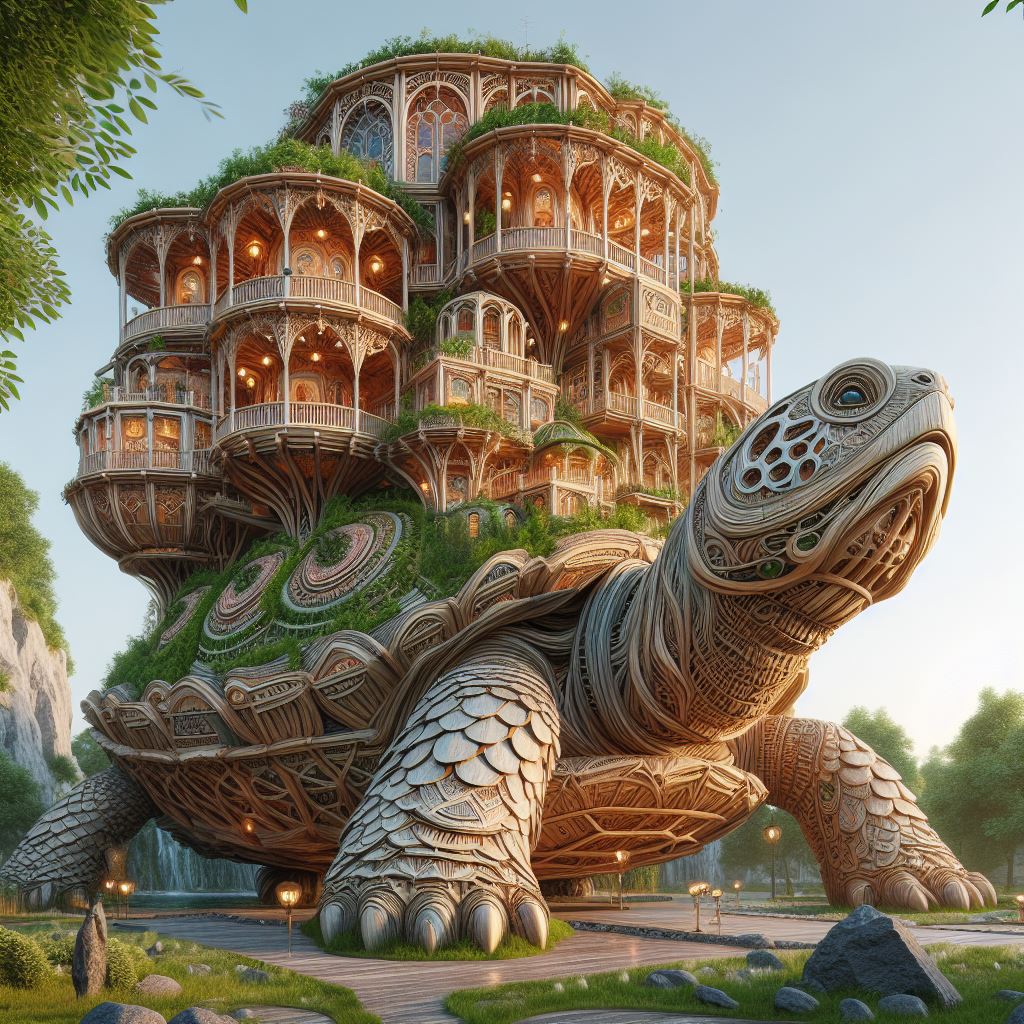
2. Technological Advancements
Advances in technology, such as 3D printing and smart home systems, are making it easier to design and build efficient and sustainable homes. These technologies can be seamlessly integrated into turtle-shaped homes to enhance their functionality and performance.
3. Changing Architectural Trends
Architectural trends are shifting towards more organic and nature-inspired designs. Turtle-shaped homes are at the forefront of this movement, offering a unique blend of beauty and practicality.
Creating Harmony with the Environment: Turtle Shaped Homes
Living in a turtle-shaped home means embracing a lifestyle that prioritizes harmony with the environment. These homes are designed to minimize their ecological footprint while providing a comfortable and healthy living space.
1. Energy Efficiency
The energy-efficient design of turtle-shaped homes reduces the need for artificial heating and cooling, leading to lower energy consumption and greenhouse gas emissions.

2. Resource Conservation
Using sustainable materials and incorporating water conservation systems helps to reduce the home’s overall resource consumption, making it a more eco-friendly option.
3. Health and Well-being
The natural materials and design features of turtle-shaped homes promote a healthy living environment. Good indoor air quality, natural light, and a connection to nature all contribute to the well-being of the occupants.
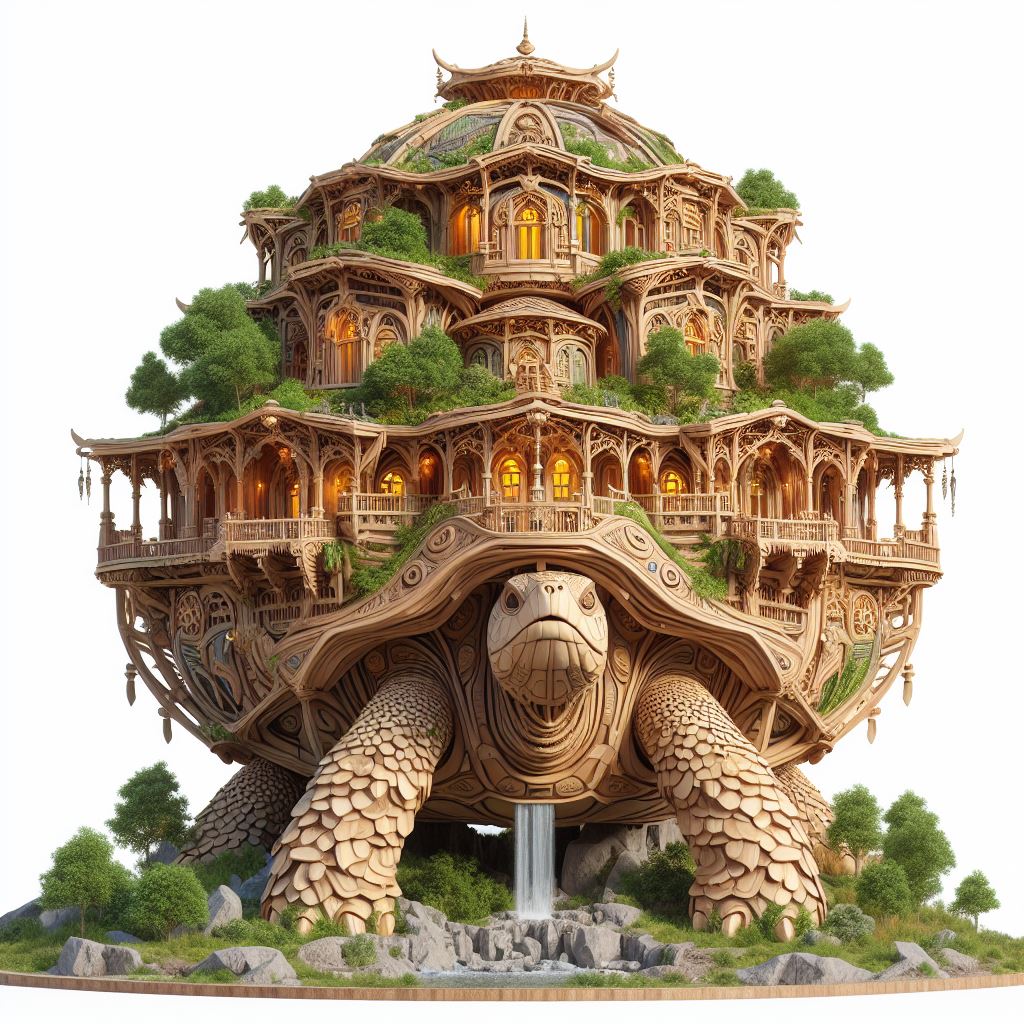
Designing Your Dream Home: Embracing the Turtle Shape
Designing your dream home involves careful consideration of your needs, preferences, and the unique features of a turtle-shaped home. Here are some tips to help you get started.
1. Define Your Needs
Consider how you will use the space and what features are most important to you. Think about the number of rooms, the layout, and any special features you want to include.
2. Work with Experts
Collaborate with architects and builders who have experience with sustainable and biomimetic design. Their expertise will help you create a home that meets your needs and takes full advantage of the benefits of a turtle-shaped design.
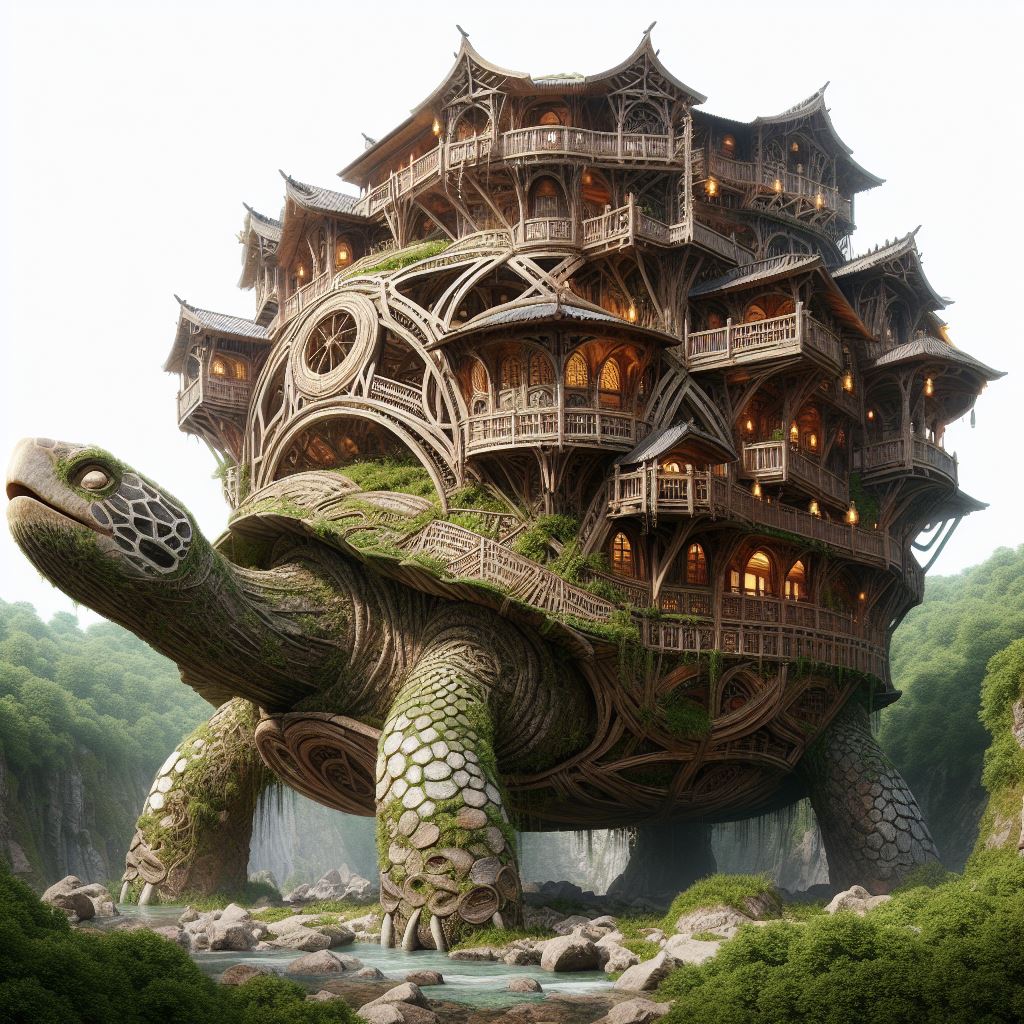
3. Consider the Environment
Take into account the climate, landscape, and natural features of your site. Design your home to maximize natural light, ventilation, and energy efficiency.
4. Personalize Your Space
Incorporate personal touches and unique design elements that reflect your style and preferences. This will make your turtle-shaped home truly your own.
Exploring the Aesthetics of Turtle Shaped Architecture
The aesthetics of turtle-shaped architecture are both unique and captivating. The organic forms and natural materials create a harmonious and visually stunning living environment.
1. Organic Forms
The curved lines and natural shapes of turtle-shaped homes create a sense of fluidity and movement. These forms are pleasing to the eye and evoke a sense of calm and tranquility.
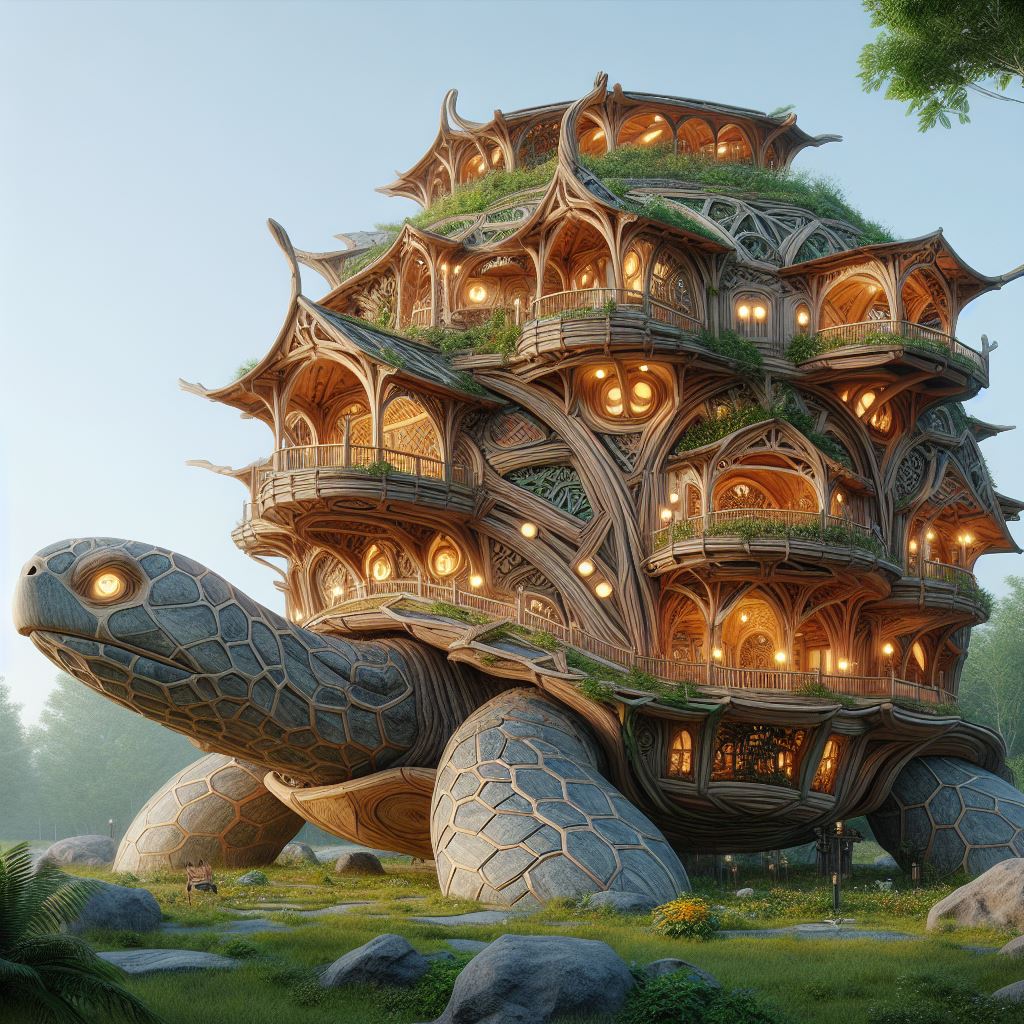
2. Natural Materials
Using natural materials, such as wood, stone, and earth, enhances the visual appeal of turtle-shaped homes. These materials also have a tactile quality that adds to the overall sensory experience.
3. Integration with Nature
Turtle-shaped homes are designed to blend seamlessly with their natural surroundings. This creates a sense of harmony and connection with the environment, making the home feel like a part of the landscape.
Practical Considerations for Building a Turtle Shaped Home
Building a turtle-shaped home involves some unique practical considerations. Here are a few things to keep in mind.
1. Structural Integrity
The curved design of turtle-shaped homes requires careful attention to structural engineering. Ensuring that the home is strong and stable is essential for safety and longevity.
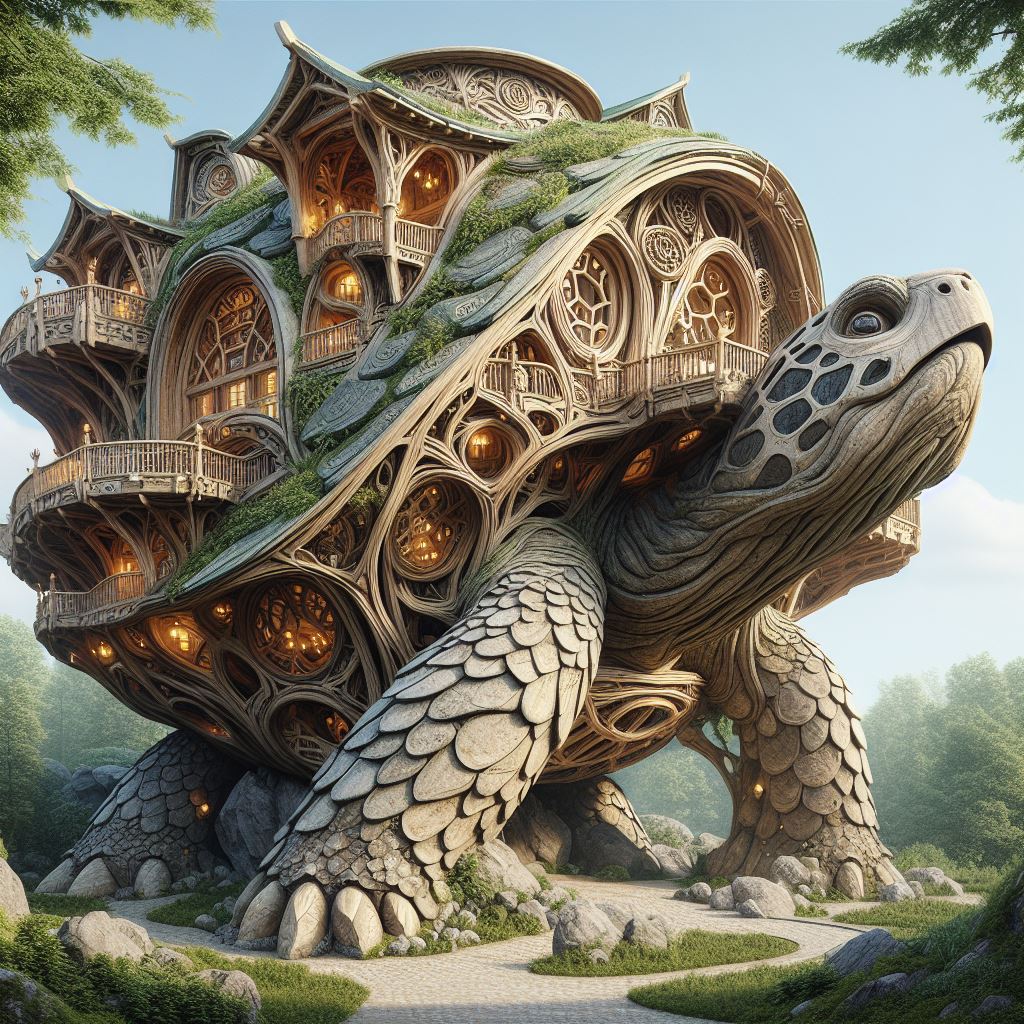
2. Construction Techniques
The construction techniques used for turtle-shaped homes may differ from traditional methods. Working with experienced builders who understand these techniques is crucial for a successful project.
3. Cost Considerations
While turtle-shaped homes offer many benefits, they can also be more expensive to build due to the specialized design and materials. It’s important to budget accordingly and consider the long-term savings in energy and maintenance costs.
4. Permitting and Regulations
Check local building codes and regulations to ensure that your turtle-shaped home complies with all requirements. This may include obtaining special permits or making adjustments to the design.
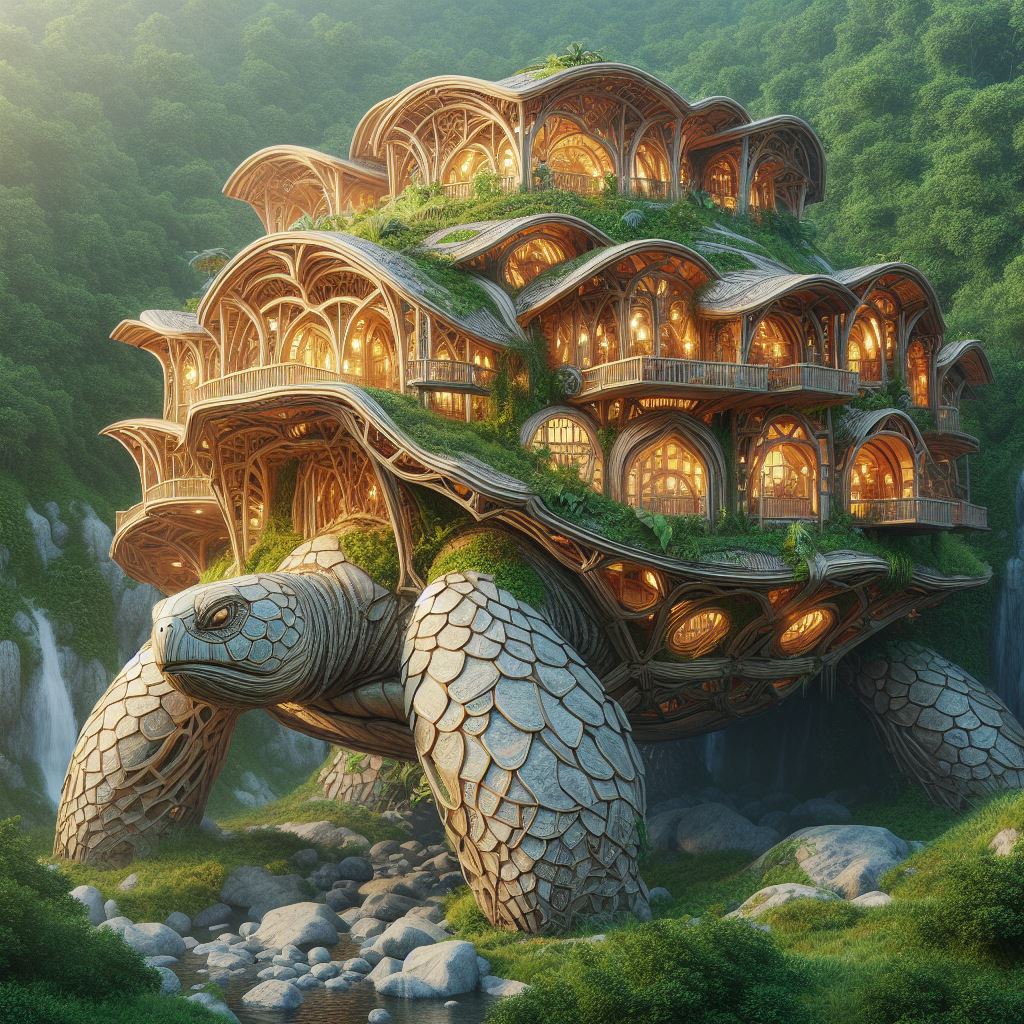
In conclusion, turtle-shaped homes represent a unique and innovative approach to sustainable living. These homes combine the beauty of nature-inspired design with the practicality of energy efficiency and resilience. Whether you are looking to build your dream home or simply explore new architectural concepts, turtle-shaped homes offer a compelling and forward-thinking option. As we continue to seek ways to live more harmoniously with our environment, the future of housing may very well be shaped like a turtle.




